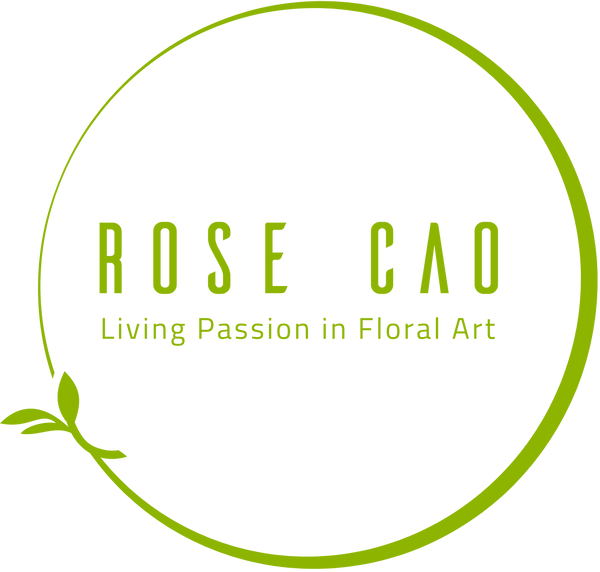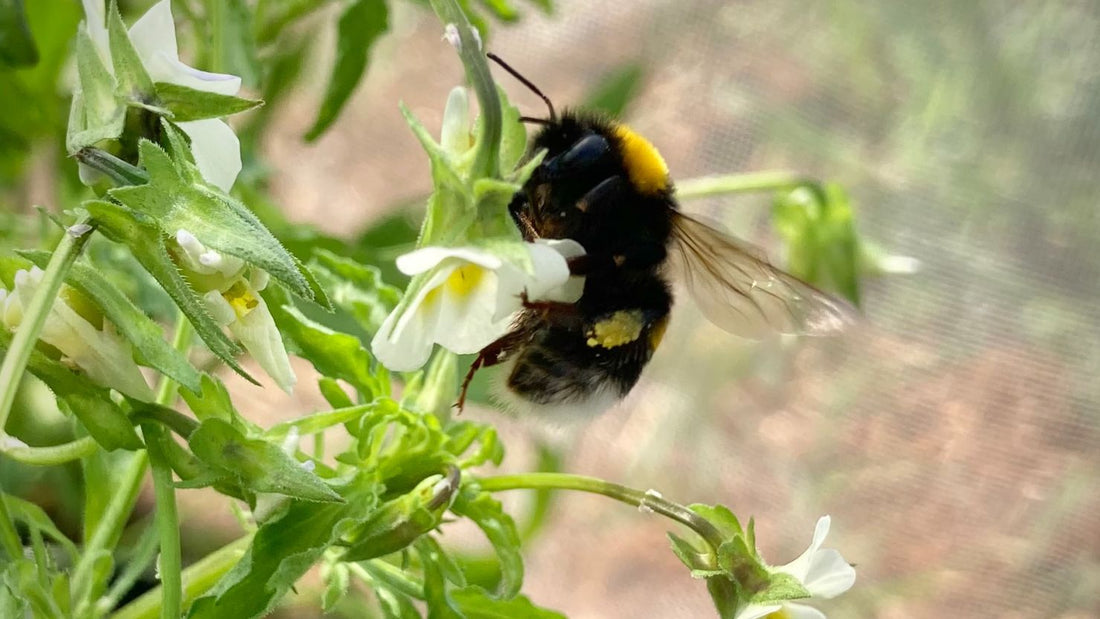In 2019, during an interview, Emma Watson mentioned the term "Self-partner" as a replacement for the term single & marrying oneself or in 2023 we were swept away by Miley Cyrus's song "Flowers" which means I can also buy flowers and do everything to make myself happy without anyone else. Not only in our society, the trend of self-happiness is on the rise, even various plants are trending towards selfing.

As we know, the relationship between flowers and insects in pollination is an interdependent relationship and the foundation of the food system as well as the stability of the natural ecosystem worldwide. But they are changing under the threat of self-pollinating plants.
Currently, scientists are finding more and more flowering plants that can self-pollinate, or transfer pollen between their own blossoms to produce seeds, although most of these plants used to rely on pollinators such as bees, butterflies, and flies for pollination. Due to the alarming decline of these insects - a new study on the evolution of the mating system of some flower species has shown a significant change that could exacerbate the challenges faced by the insects of the plant.

Comparing the seeds of wild flowers collected many decades ago in France with the modern descendants of those flowers, according to CNN, Acoca-Pidolle and his colleagues found that today's flowers are smaller and produce less pollen due to increased self-pollination, which directly affects the behavior and food sources of insects.
The study was conducted on a sample of 4,000 flowers, the self-pollination rate increased from about 50% for flowers collected two to three decades ago to about 80% for their natural descendants. Meanwhile, the "resurrected" flowers' surfaces were 10% larger, produced 20% more nectar, and were visited by more honeybees than their modern counterparts.

One of the main reasons behind the increasing prevalence of self-pollination is climate change. Rising temperatures as well as changes in rainfall, and frequent extreme weather events often disrupt the balance of ecosystems where insects thrive. These changes lead to habitat loss and changes in flowering periods, making it difficult for insects to find food and shelter.
Another significant threat to insects is habitat loss and fragmentation due to human activities such as deforestation, urbanization, and expansion of greenhouse agriculture. When natural habitats disappear, natural pollination disappears as well.

In addition to habitat loss, the widespread use of pesticides further increases the risk of extinction for insects. These chemicals, used to protect crops from pests, unfortunately harm beneficial insects such as bees and butterflies. Exposure to pesticides weakens bees and butterflies, making them more susceptible to disease and reducing their effectiveness in pollinating plants.
As crops increasingly shift to self-pollination as a survival strategy, the widespread impacts become apparent, becoming a self-indulgence Domino effect. Dependence on insects is no longer necessary. This, in turn, further increases the decline in interaction between plants and insects.

The increase in self-pollination in crops is not only an interesting phenomenon in botany — it is a warning sign of deep ecological imbalances due to human activities. Climate change, habitat loss, and pesticide use threaten the delicate coordination between crops and insects, putting our ecosystem at risk. Urgent action is needed to address these threats to protect the future of thousands of interdependent species. By minimizing climate change, protecting natural habitats, and promoting sustainable organic farming practices.

